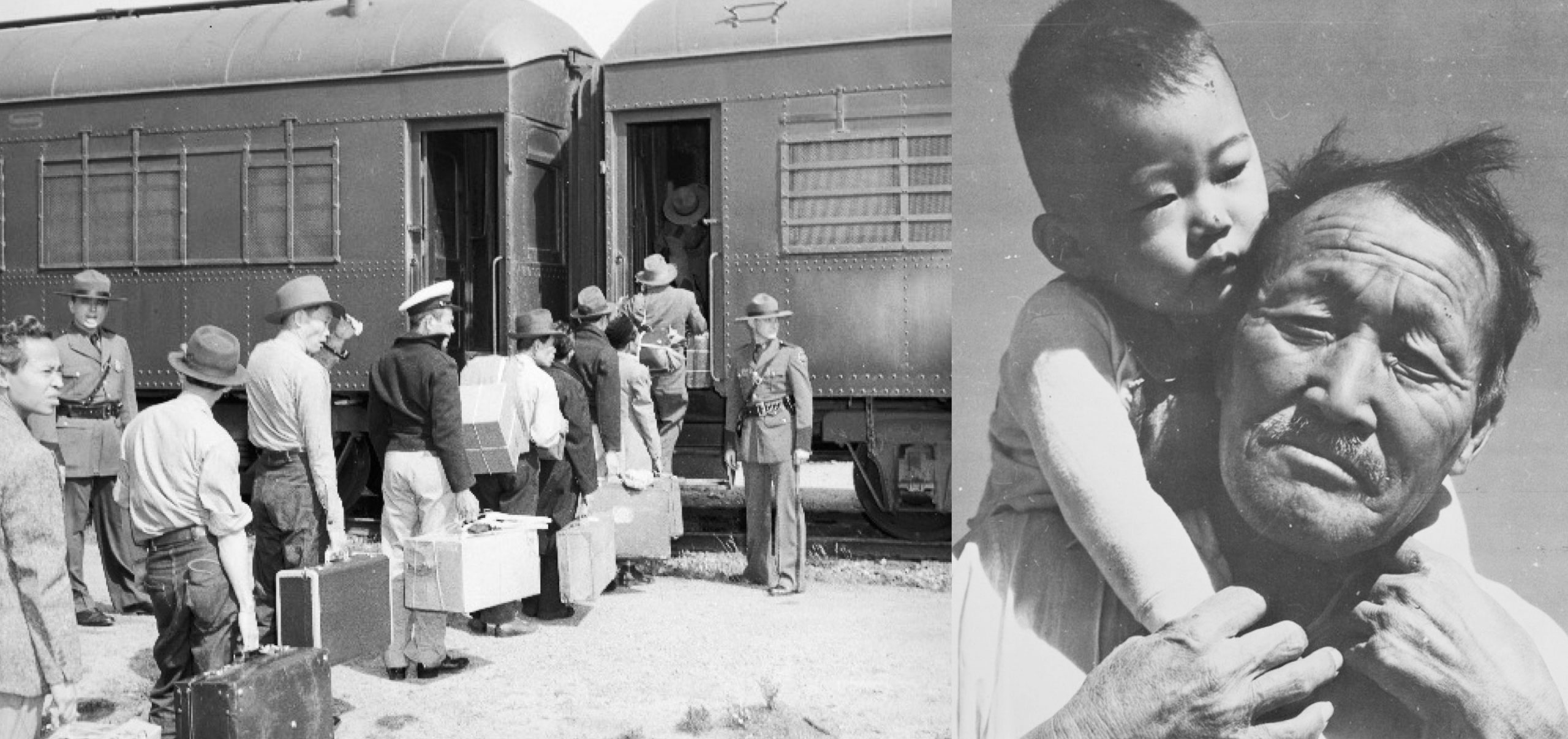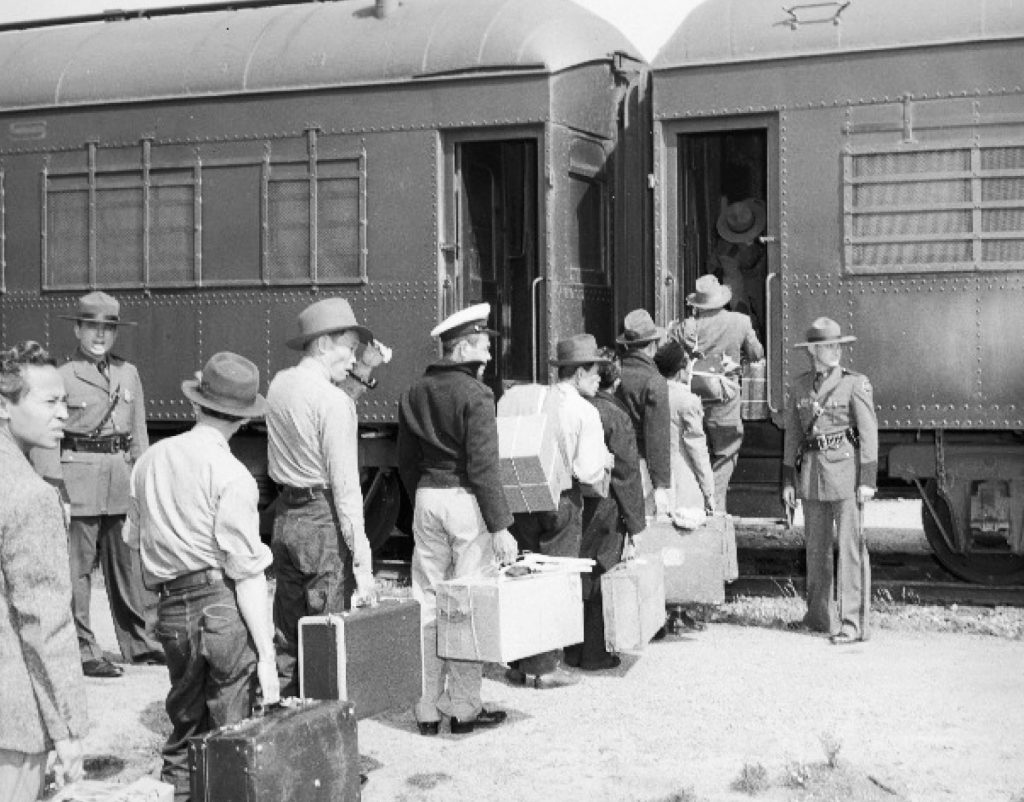Discover the History ofWWII Incarceration
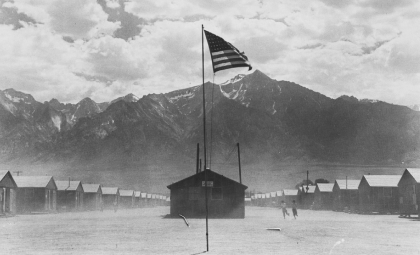
120,000 Japanese Americans were unjustly incarcerated during World War II. Learn about this unprecedented denial of civil liberties and why it still matters today.
Explore Personal Stories

Learn about Japanese American history and the legacy of WWII incarceration by exploring personal stories from those who lived through it.
Promote Equity Today
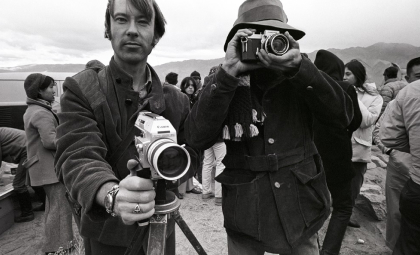
History doesn’t repeat itself, but it often rhymes. Join us in putting the lessons of Japanese American WWII incarceration into action today.
Densho Catalyst: History, Essays, & Opinion
Dive into hidden histories and learn why these stories matter today with the latest essays and opinions from Densho and other community voices.

Racial Obsession, Family Separation, and the Mixed Marriage Policy of America’s WWII Concentration Camps
In this excerpt adapted from her new narrative history, Together in Manzanar: The True Story of a Japanese Jewish Family in an American Concentration Camp, Tracy Slater delves into the...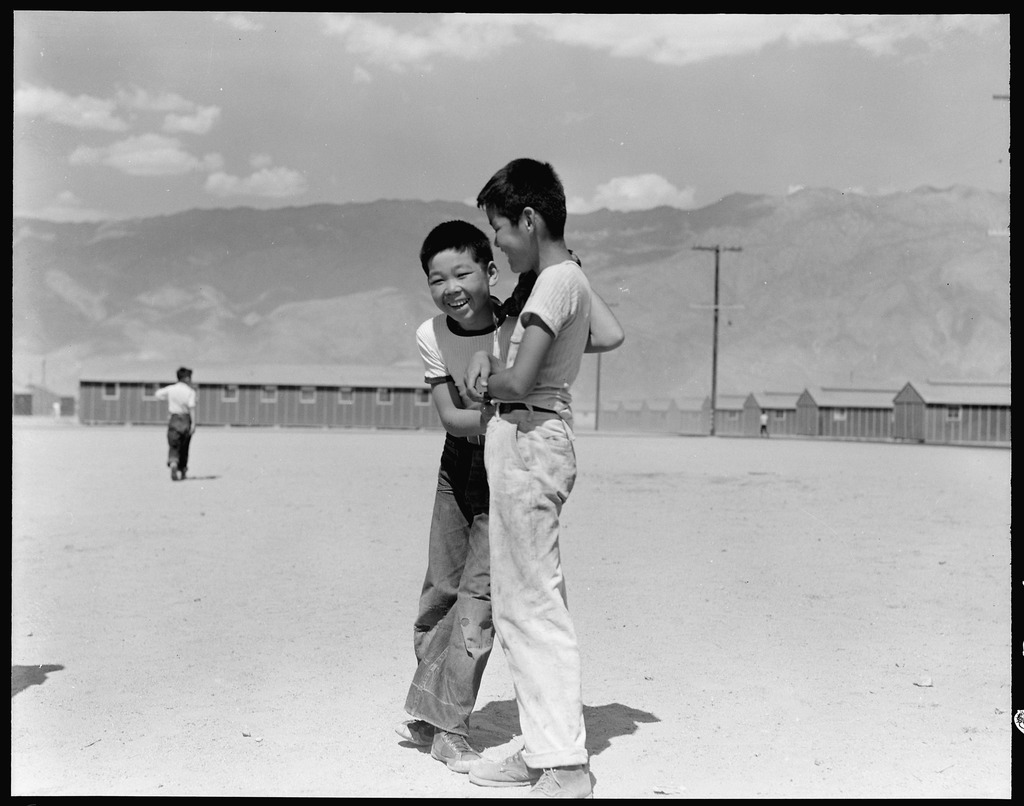
New Densho Encyclopedia Articles Highlight Lesser-Known Chapters of Manzanar History
Manzanar is perhaps the most well-known of the ten War Relocation Authority concentration camps where Japanese Americans were incarcerated during WWII, thanks to popular media portrayals from Farewell to Manzanar...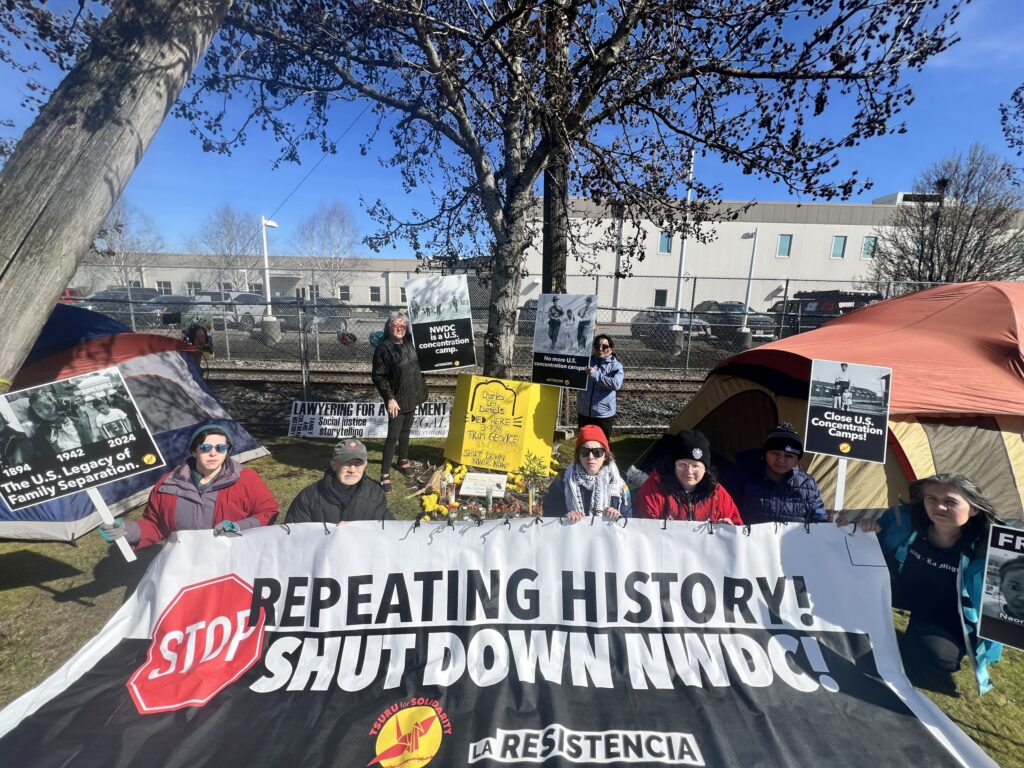
A Poston Survivor Speaks Out To Say “Stop Repeating History!”
Last month, we joined a special gathering of the Seattle Japanese American community hosted by Tsuru for Solidarity. Around 150 people came together to reflect on the connections between the...Upcoming Events
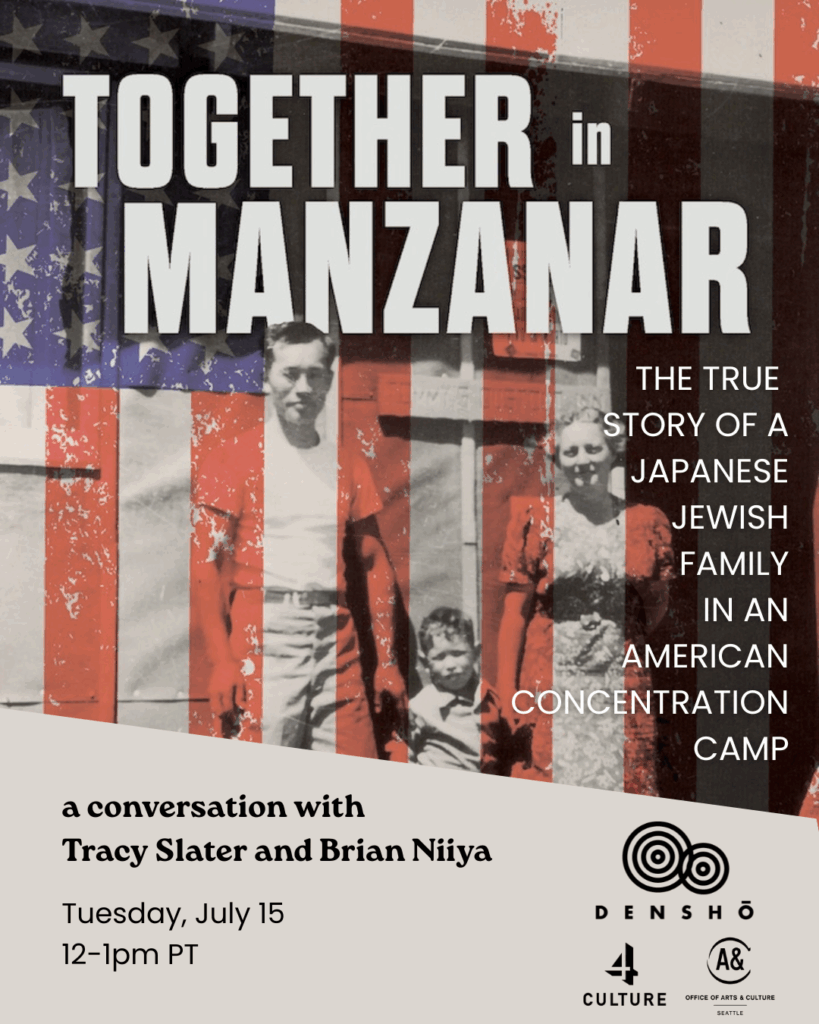
Together in Manzanar: A conversation with Tracy Slater and Brian Niiya
VIRTUAL EVENT
Join us for a conversation with Tracy Slater, author of the new book Together in Manzanar: The True Story of a Japanese Jewish Family in an American Concentration Camp, and Densho Content Director Brian Niiya. Together in Manzanar tells the story of Elaine and Karl Yoneda as they navigate forced removal and incarceration during WWII, bringing with it a series of painful choices and conflicting loyalties, upheavals and violence, and a quest to survive with their children safe, their family whole, and their ethics intact.
Stay Informed: Join The Mailing List
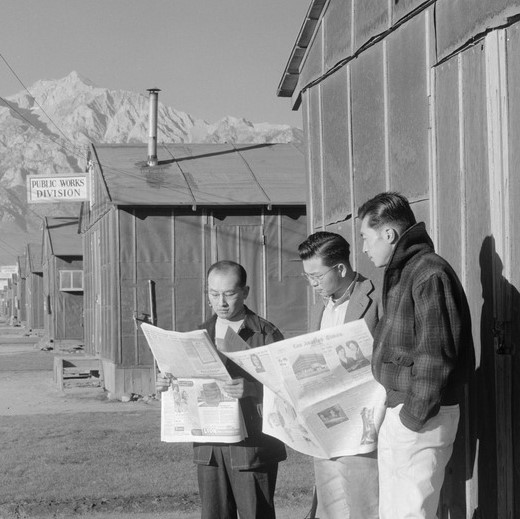

Campu: A Podcast
Campu weaves together the voices of survivors to spin narratives out of the seemingly mundane things that gave shape to the incarceration experience: rocks, fences, food, paper. Follow along as hosts Hana and Noah Maruyama move far beyond the standard Japanese American incarceration 101 and into more intimate and lesser-known corners of this history.
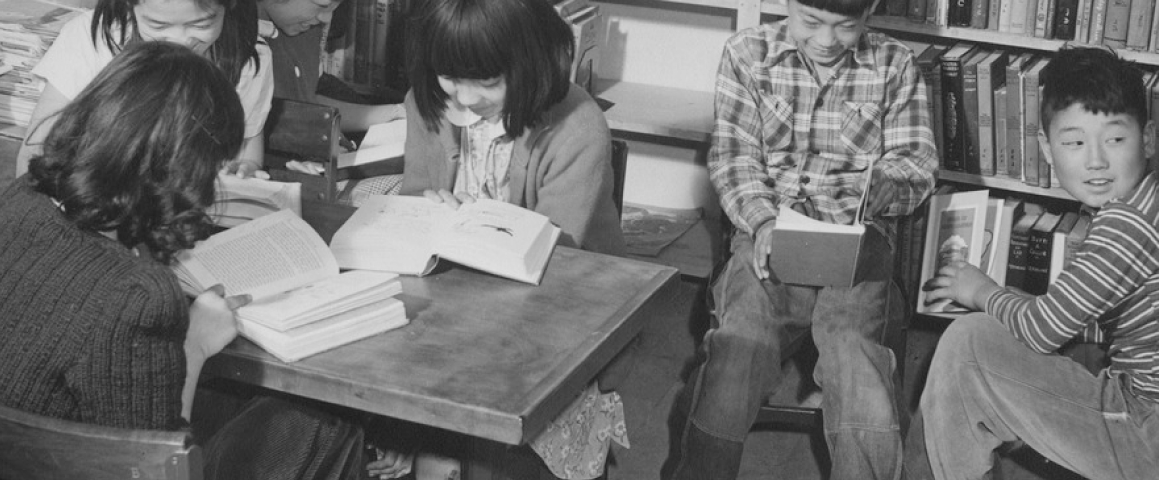
Encyclopedia
Thousands of articles about the history of the Japanese American WWII exclusion and incarceration experience. Here are a few to get you started:
Documentary films/videos on incarceration
The following is an attempt at a comprehensive listing of documentary films/videos that include a significant treatment of Japanese Americans during World War II, broken up into several broad categories.
Scene (magazine)
Japanese American pictorial monthly magazine that ran from 1949 to 1955. Largely produced by and for Nisei, Scene magazine highlighted "successful" Japanese Americans as well as Japanese culture.
Owens Valley (detention facility)
The Owens Valley Reception Center—later the Manzanar Reception Center—was the first of the WCCA -administered short-term detention camps to open when the first "volunteers" from the Los Angeles area arrived on March 21, 1942.
